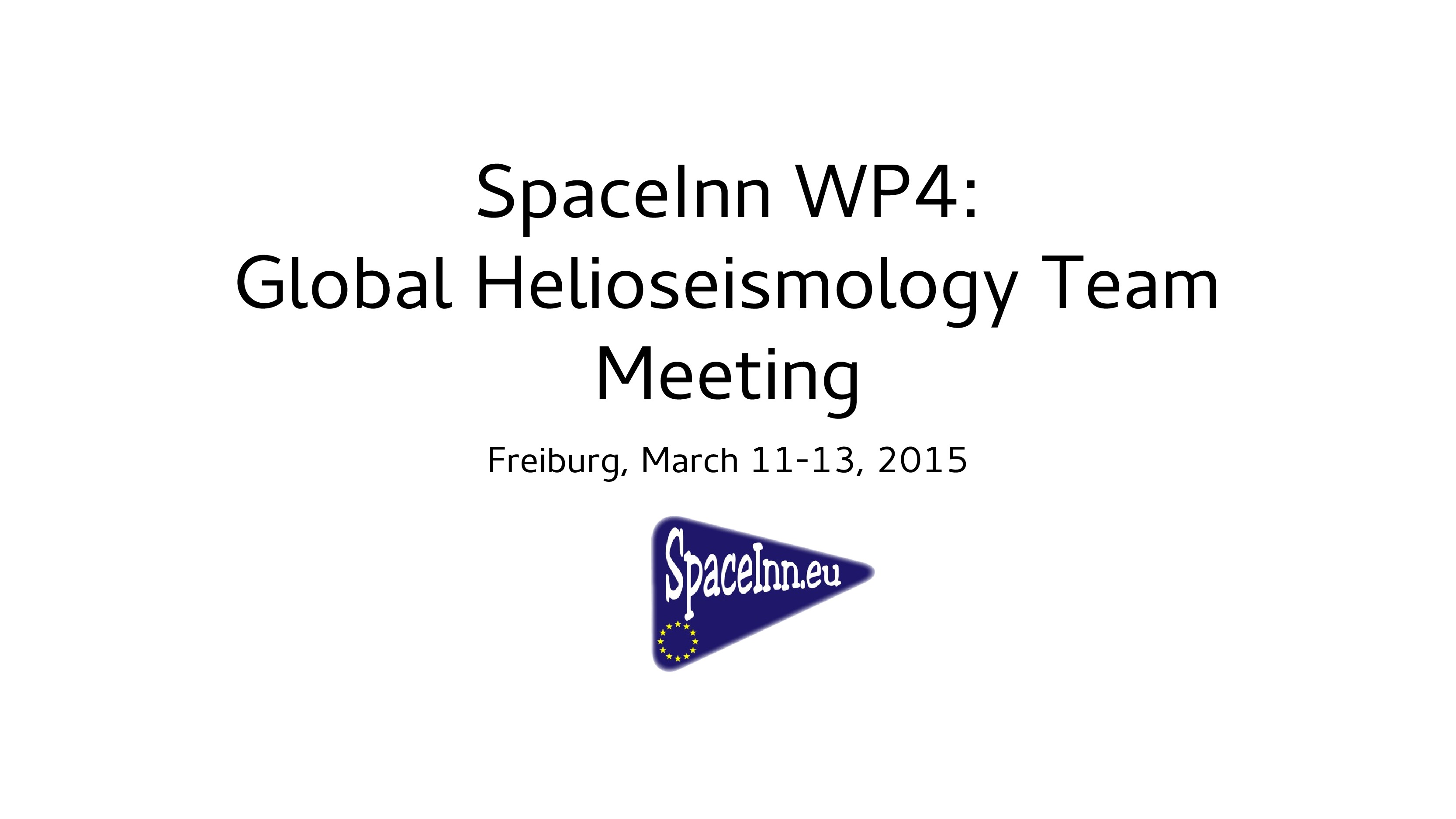
End of registration:
March 11, 2015
Registration is for free and includes coffee breaks and lunches.
A self-paid workshop dinner will be organzied.
The meeting will take place in the seminar room of the Kiepenheuer-Institut für Sonnenphysik, Schöneckstr. 6, 79104 Freiburg, Germany
The following lists the closest hotels near the Kiepenheuer-Institut für Sonnenphysik. Please make a reservation yourself.
1. Hotel am Stadtgarten: http://www.hotelamstadtgarten.de/
2. Stadthotel Freiburg: http://www.hotel-freiburg.de/
3. Mercure Hotel Freiburg am Münster: http://www.mercure.com/de/hotel-0492-mercure-hotel-freiburg-am-muenster/index.shtml
There are several airports nearby Freiburg:
1. Basel/Mulhouse/Freiburg, from there you can continue to Freiburg train station either by bus or by train (1 hour travel distance).
2. Strassbourg, from there you can continue to Freiburg by train going via Offenburg (2 hours travel distance).
3. Frankfurt, from there you can continue to Freiburg by the fast ICE trains (2.5 hours travel distance).
4. Zurich, from there you can continue via trains (2.5 hours travel distance).
For international arrivals, i.e. from outside Europe, the best options are flying to Frankfurt or Zurich and continuing from there by train.
Germany offers a good network of train connections. Major cities in Germany including Freiburg are connected by the fast ICE trains. The German (and European) train schedule is available at: http://www.bahn.de


Session: Review of actions

Session: Review of actions

Session: Review of actions

Session: New global helioseismic techniques

Session: Development of a new simple code for fitting helioseismic data

Session: Presentations on activity and variation

Session: Presentations on activity and variation

Session: Review of actions
| First Name | Last Name | Affiliation |
|---|

